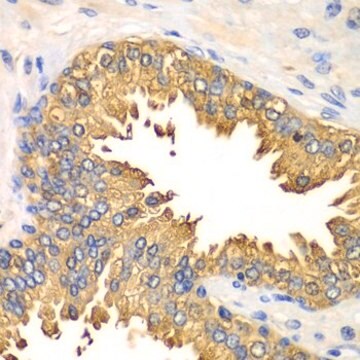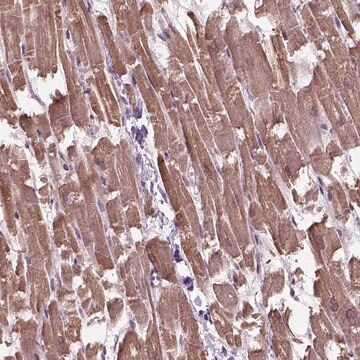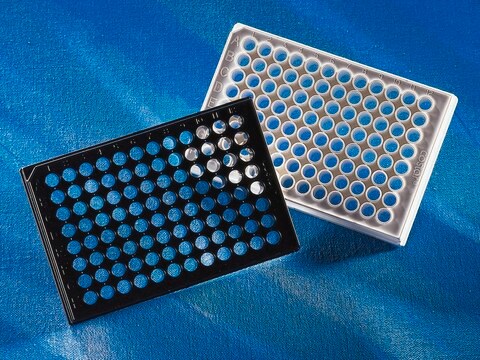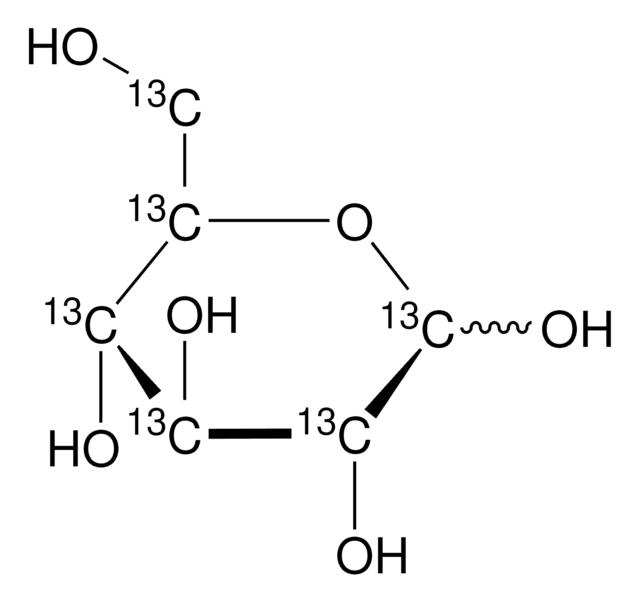MABF297
Anti-RIG-I, clone 1C3 Antibody
clone 1C3, from mouse
Synonym(s):
Probable ATP-dependent RNA helicase DDX58, DEAD box protein 58, RIG-I-like receptor 1, RLR-1, Retinoic acid-inducible gene 1 protein, RIG-1, Retinoic acid-inducible gene I protein, RIG-I
About This Item
Recommended Products
biological source
mouse
Quality Level
antibody form
purified immunoglobulin
antibody product type
primary antibodies
clone
1C3, monoclonal
species reactivity
human
technique(s)
immunocytochemistry: suitable
immunoprecipitation (IP): suitable
western blot: suitable
isotype
IgG1λ
NCBI accession no.
UniProt accession no.
shipped in
wet ice
target post-translational modification
unmodified
Gene Information
human ... DDX58(23586)
General description
Immunogen
Application
Immunoprecipitation Analysis: A representative lot immunoprecipitated RIG-1 in A-459 lung carcinoma cell lysate (Nistal-Villan, E., et al. (2010). J. Biol. Chem. 285:20252-20261).
Immunocytochemistry Analysis: A 1:500 dilution from a representative lot detected RIG-I in HeLa cells (Courtesy of Maite Sanchez).
Inflammation & Immunology
Immunoglobulins & Immunology
Quality
Western Blotting Analysis: 1.0 µg/mL of this antibody detected RIG-1 in 10 µg of A-549 infected with SeV cell lysate.
Target description
Physical form
Storage and Stability
Other Notes
Disclaimer
Not finding the right product?
Try our Product Selector Tool.
Storage Class Code
12 - Non Combustible Liquids
WGK
WGK 1
Flash Point(F)
Not applicable
Flash Point(C)
Not applicable
Certificates of Analysis (COA)
Search for Certificates of Analysis (COA) by entering the products Lot/Batch Number. Lot and Batch Numbers can be found on a product’s label following the words ‘Lot’ or ‘Batch’.
Already Own This Product?
Find documentation for the products that you have recently purchased in the Document Library.
Our team of scientists has experience in all areas of research including Life Science, Material Science, Chemical Synthesis, Chromatography, Analytical and many others.
Contact Technical Service



